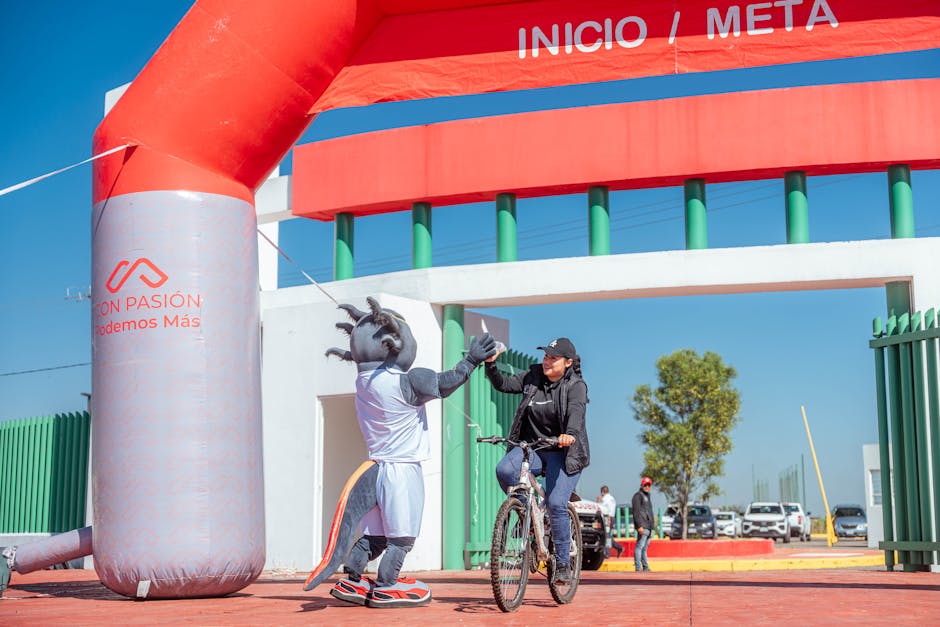How Meta Shifts Shape Pro Play
In 2026, Valorant’s competitive scene isn’t just about raw aim or flashy clutches it’s about reading the meta and responding faster than the other team. The meta has always mattered, but now it’s dictating the blueprint for success. Every new patch shakes the foundation. Agent balances, map tweaks, and utility adjustments can flip strategy boards overnight.
What’s changed lately? Controllers, once dominant, are taking a backseat. Smokes and stall utility aren’t winning you rounds like they used to at least not without firepower to back them. Instead, Duelist centric lineups are storming back into the spotlight. Think raise the pace, entry heavy comps with Jett reclaiming her throne as the go to agent for first contact plays. Her mobility is proving invaluable again, especially on open maps like Icebox and Haven.
Pro teams aren’t just tweaking game plans they’re rebuilding rosters around these changes. If your flex player can’t pick up a hyper aggressive agent on short notice, you’re behind. Some lineups are moving entirely away from “safe” comps and leaning into frag power. It’s a riskier game, but one that rewards cohesion, aggression, and adaptability more than ever.
In short: patch notes aren’t flavor text anymore they’re survival guides.
Agents, Compositions, and Win Rates
The current meta in competitive Valorant leans hard on pick heavy compositions, pulling first blood into the spotlight again. Early opening duels aren’t just nice to haves they’re often match defining. Data from VCT 2026 Spring paints a clear picture: aggressive setups are outpacing others on traditional slaughter maps like Ascent and Lotus. These aren’t just trends they’re results backed shifts in how the game is being played at the highest level.
Flexibility is no longer optional. Players who can slot into multiple roles, particularly on agents like Skye and Fade, are the backbone of upper tier teams. These agents offer utility, map control, and enough clutch value to make them fixtures in serious comps. Pro teams favor adaptability, and these hybrid picks are delivering.
However, with the increased focus on winning the early round and rapid engage strategies, we’re seeing a narrowing of viable team comp flavors. Meta is pulling toward just two or three dependable playstyles per map. That compositional diversity we saw in early seasons? It’s tapering off stability is in, and experimentation is mostly reserved for lower stakes matches or sudden bracket shifts. In top level matches, most teams are coloring inside the lines and it’s working.
Counterplay and Strategy Rotation

There’s no room to coast on strong comps anymore. Meta abuse gets shut down almost as fast as it surfaces. Weekly scrim logs from top tier teams show constant shifts in counter comp experiments teams aren’t just reacting, they’re pre empting. It’s chess at sprint speed.
Set plays have become the new lifeblood. Whether it’s triple stacking utility on early map control or bait switching site hits through fast rotations, victories are coming less from pure mechanics and more from timing, trust, and precision. If your flash doesn’t land, or your smoke’s off by even a half second, it costs rounds not just map presence.
Shot calling tempo has also surged. In game leaders (IGLs) don’t have the luxury of slow reads. With fewer exploitable gaps between team compositions, adaptability mid round is the deciding edge. The meta’s tighter. The margins are thinner. Leaders who can’t adjust in real time are getting left behind.
Impact on Sponsorships and Team Economics
In Valorant’s current meta charged ecosystem, team visibility doesn’t ride on championship banners alone it hinges on adaptability. With every patch shifting the footing beneath pro teams, post event valuations are volatile. A squad that dominated in April can look outpaced by June, simply because the meta moved and they didn’t.
This fluid environment has changed how sponsors assess value. In 2026, big names aren’t just chasing win streaks they’re scanning rosters for meta adaptability. That means depth in the agent pool, demonstrated flexibility after nerfs, and coaching staffs who can pivot under pressure. Teams that bounce back fast don’t just stay relevant they stay valuable.
The ripple effect? Esports organizations are redrawing deal structures. Performance clauses now factor in adaptability metrics. Some contracts tie bonuses to tier one in meta performance, not just tournament results. Sponsorships have become bet hedging exercises, where staying meta agile is as crucial as staying mechanically sharp.
For those diving deeper into the financial shifts, check out the Business of Esports Sponsorships, which explores how competitive volatility shapes modern org economics.
What Pro Teams Are Doing Now
Top Valorant teams aren’t just grinding aim trainers and VODs they’re overhauling how they prepare entirely. Scrim reviews in 2026 are coach led, hyper detailed, and now powered with AI driven stat breakdowns. Everything from ability usage to micro positioning gets dissected frame by frame. Teams no longer rely on gut instinct they have heatmaps, kill pressure graphs, and tempo index scores by round.
Support staff has multiplied. Behind every cracked Duelist on stage is a patch analyst deciphering post update agent values, a mental coach keeping comms tight under pressure, and a full blown ops team tracking practice efficiency. The competitive edge comes from structure.
And when it comes to rosters, flexibility beats flash. A raw fragging prodigy who only plays two agents doesn’t get the call up anymore. Versatile players who can slot into multiple comps, adapt from map to map, and keep pace mentally through constant meta cycles? They’re the ones teams build around. Mechanical gods still matter but in this version of the game, adaptability is king.
Key Takeaway
Stability is a myth in the Valorant pro scene. The teams that win consistently aren’t the ones that cry foul every patch cycle. They’re the ones who adapt fast, retool their comps, and find value in the chaos. Meta shifts aren’t roadblocks; they’re opportunities to outthink slower orgs.
In 2026, the top squads aren’t just mechanical monsters they’re strategic chameleons. They rotate agents as easily as map calls, train depth instead of dependency, and know when to pivot mid event. Their real advantage? Mental flexibility.
If a team treats every update like a puzzle instead of a problem, they’ll stay at the top. Valorant’s meta won’t slow down but neither will the teams built to evolve.
